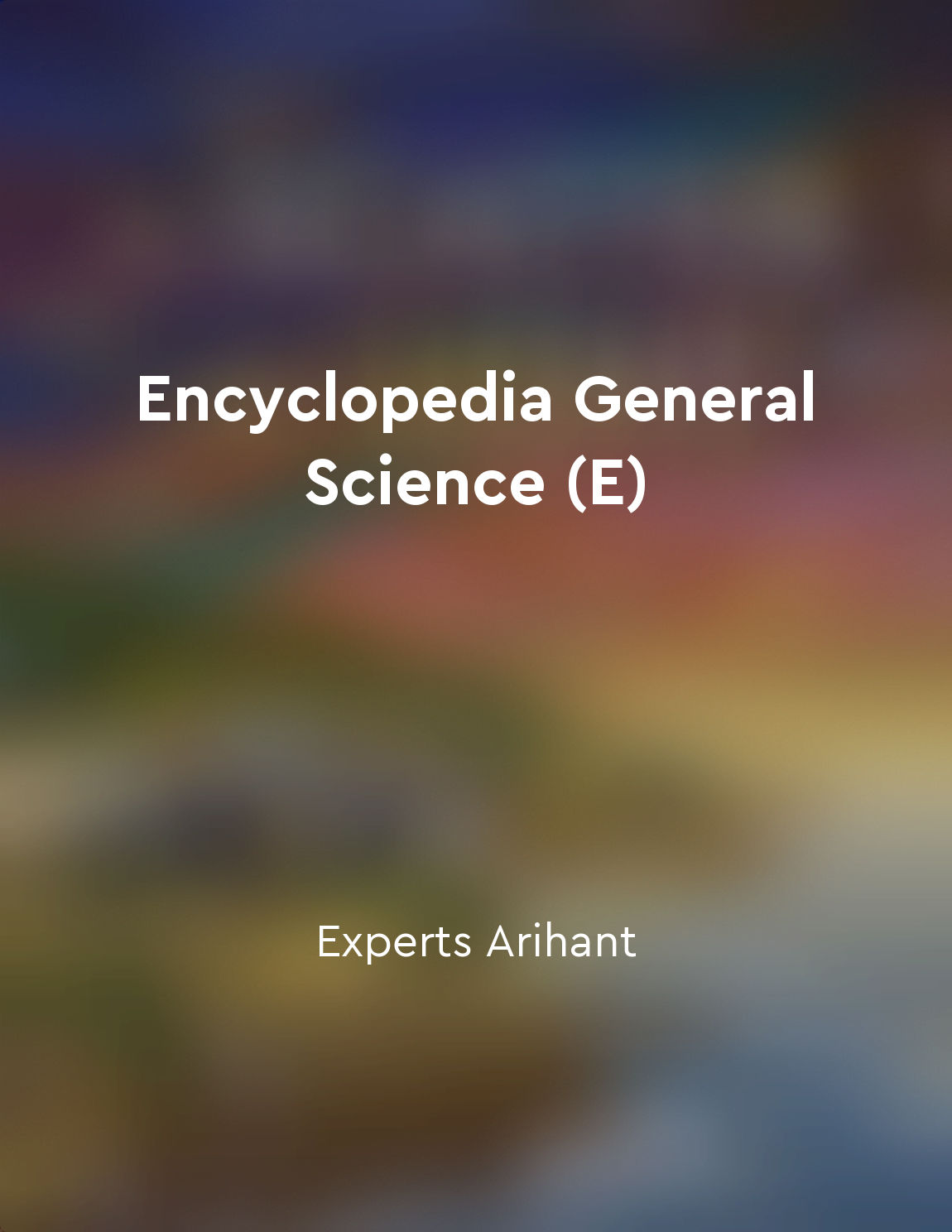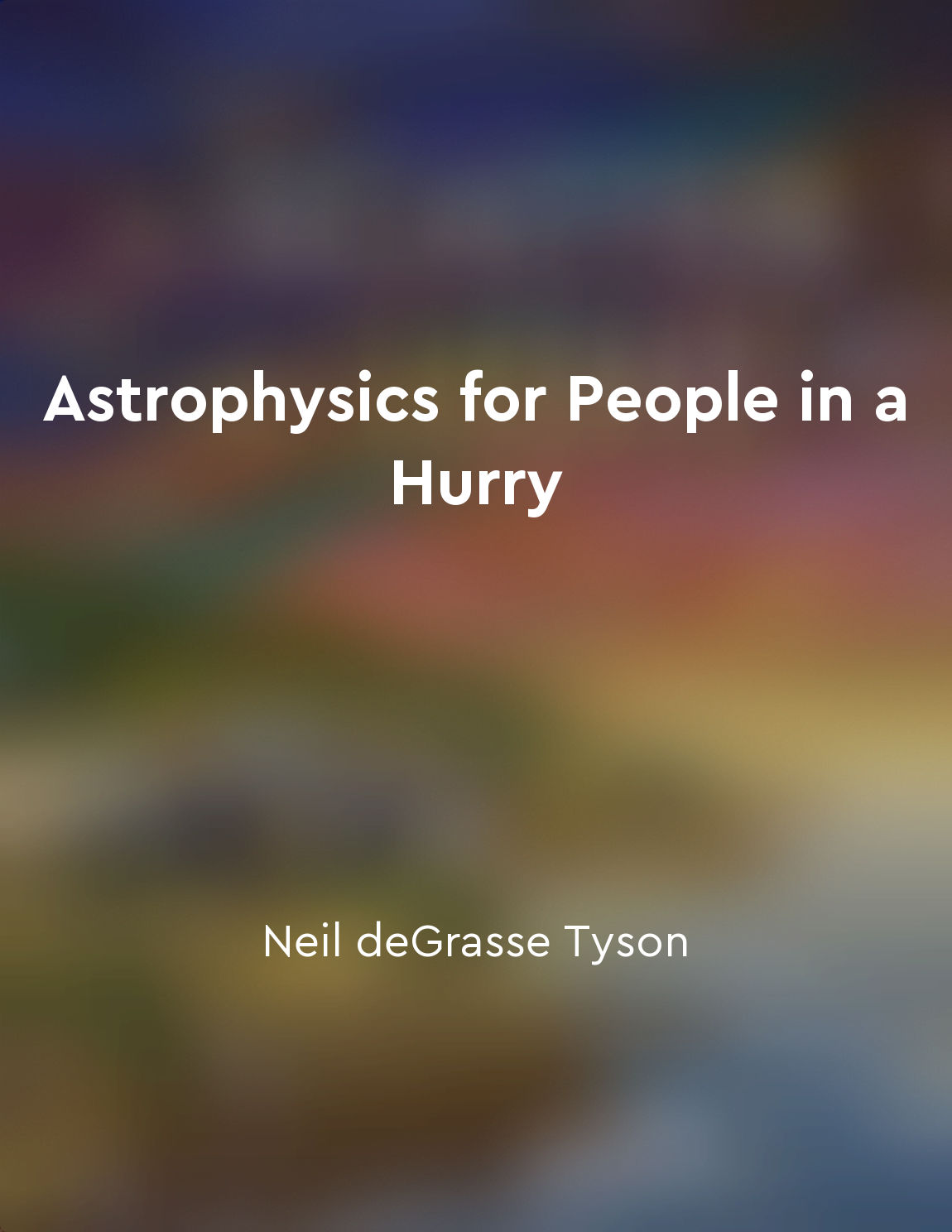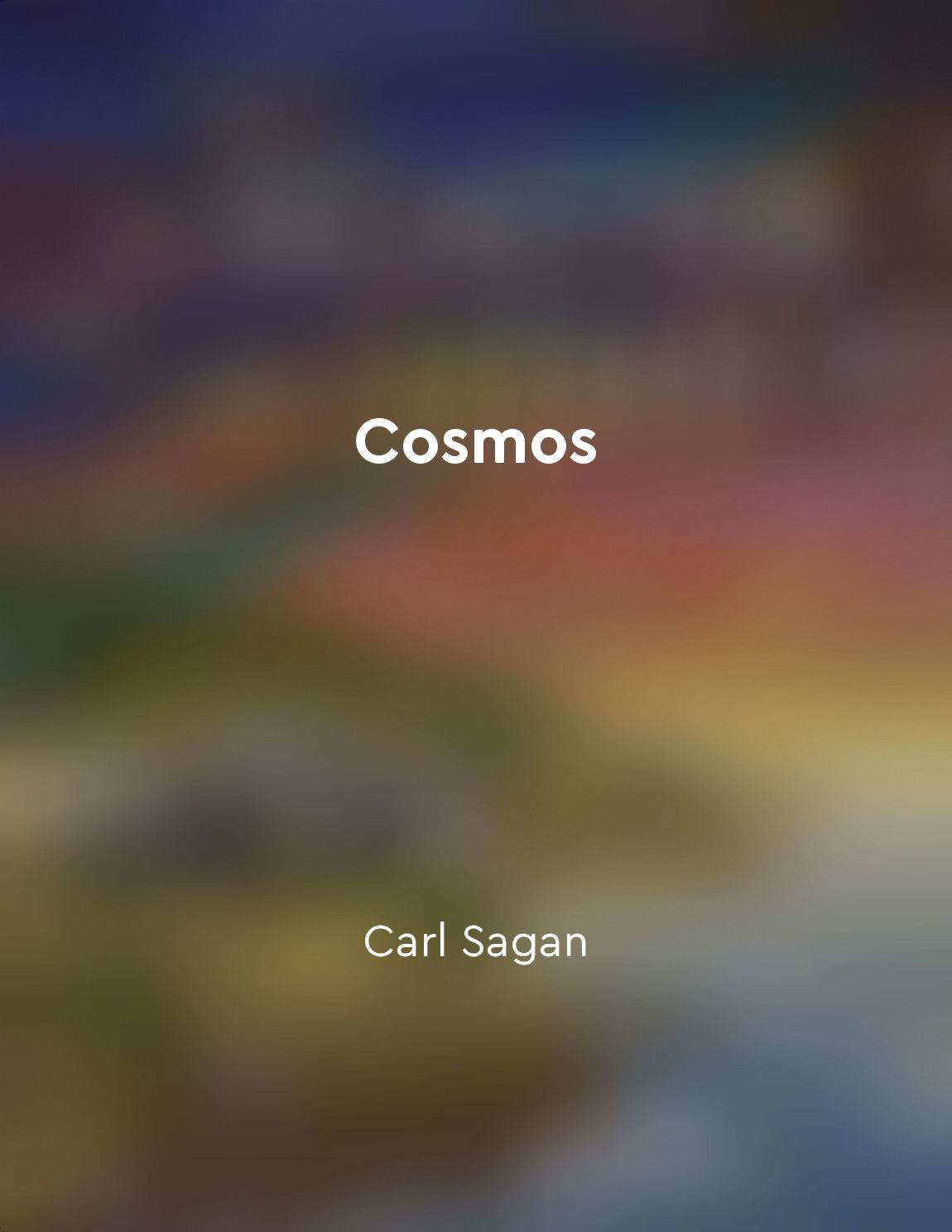Technologies used to study the Milky Way's structure and composition from "summary" of The Milky Way by Moiya McTier
Studying the structure and composition of the Milky Way requires a variety of technologies that can peer through the vastness of space and uncover its secrets. One of the most crucial tools in this endeavor is radio telescopes, which can detect radio waves emitted by distant celestial objects. By analyzing the radio waves coming from different regions of the Milky Way, scientists can map out its structure and identify various components such as gas clouds, stars, and even black holes. In addition to radio telescopes, astronomers also make use of infrared telescopes to study the Milky Way. Infrared light can penetrate through the dust and gas that often obscures our view of the galaxy in visible light, allowing researchers to observe objects that would otherwise remain hidden. By combining data from both radio and infrared telescopes, scientists can create more comprehensive models of the Milky Way's structure and composition. Another important technology used in the study of the Milky Way is spectroscopy, which involves breaking down the light emitted by celestial objects into its component colors. By analyzing the spectra of stars and gas clouds in the Milky Way, astronomers can determine their chemical composition, temperature, and motion. This information provides valuable insights into the processes that shape the galaxy and help researchers piece together its history. Furthermore, advancements in computer modeling and simulations have revolutionized our understanding of the Milky Way. By inputting data collected from various telescopes into sophisticated computer programs, scientists can create detailed simulations of the galaxy's formation and evolution. These simulations allow researchers to test different theories about the Milky Way's structure and composition, helping to refine our knowledge of this vast cosmic entity.- The combination of radio telescopes, infrared telescopes, spectroscopy, and computer modeling has greatly enhanced our ability to study the Milky Way's structure and composition. By harnessing the power of these technologies, astronomers are continually expanding our understanding of our home galaxy and the mysteries it holds.
Similar Posts

Continued scientific exploration is key to furthering human knowledge and understanding of the world
The pursuit of scientific exploration is essential for expanding our understanding of the world we live in. Scientists and rese...
Universe decoded
The Universe is a vast, complex entity that has puzzled and intrigued humans for centuries. Scientists have spent countless hou...

Neutron stars are the densest objects in the universe
Neutron stars are the densest objects in the universe. Imagine taking the entire mass of the Sun and squeezing it into a sphere...

Milky Way's history is intertwined with the history of the universe
The Milky Way is not just a random collection of stars, planets, and gas floating in space. It is a dynamic entity with a rich ...
Acknowledging the limitations of human knowledge
The idea that we can fully comprehend the vast mysteries of the universe is a notion that is both arrogant and misguided. Human...

Stars shine bright
In the vast expanse of the night sky, stars shine bright, their radiance illuminating the darkness that envelops the universe. ...

Dark matter and dark energy make up most of the universe's mass and energy
The universe is a vast and mysterious place, filled with countless galaxies, stars, and planets. Yet, despite all that we can s...
Moons reflect sunlight in the darkness
In the blackness of the night sky, we are often drawn to the shimmering light of the moon. But have you ever stopped to ponder ...

The quest for knowledge knows no bounds
Throughout our journey of exploring the cosmos, we have come to realize that the pursuit of knowledge is an endless endeavor. I...
The moon influences tides on Earth
The gravitational pull of the moon affects the waters of the Earth in a phenomenon known as tides. As the moon orbits our plane...

